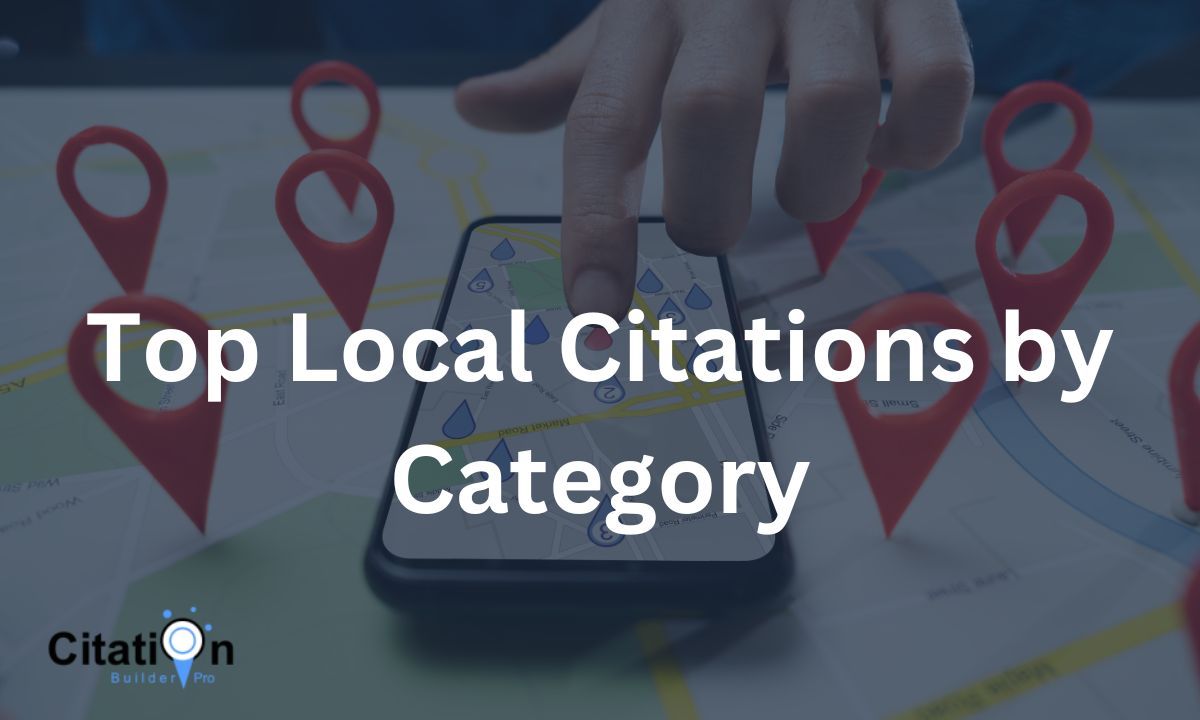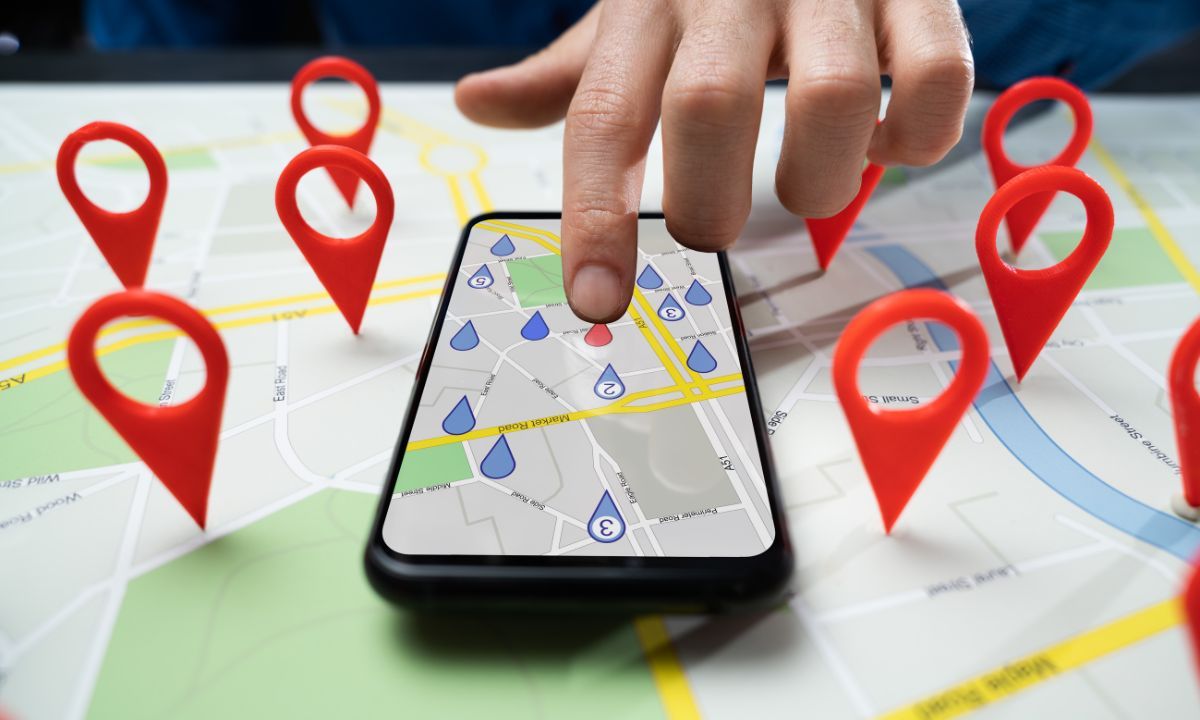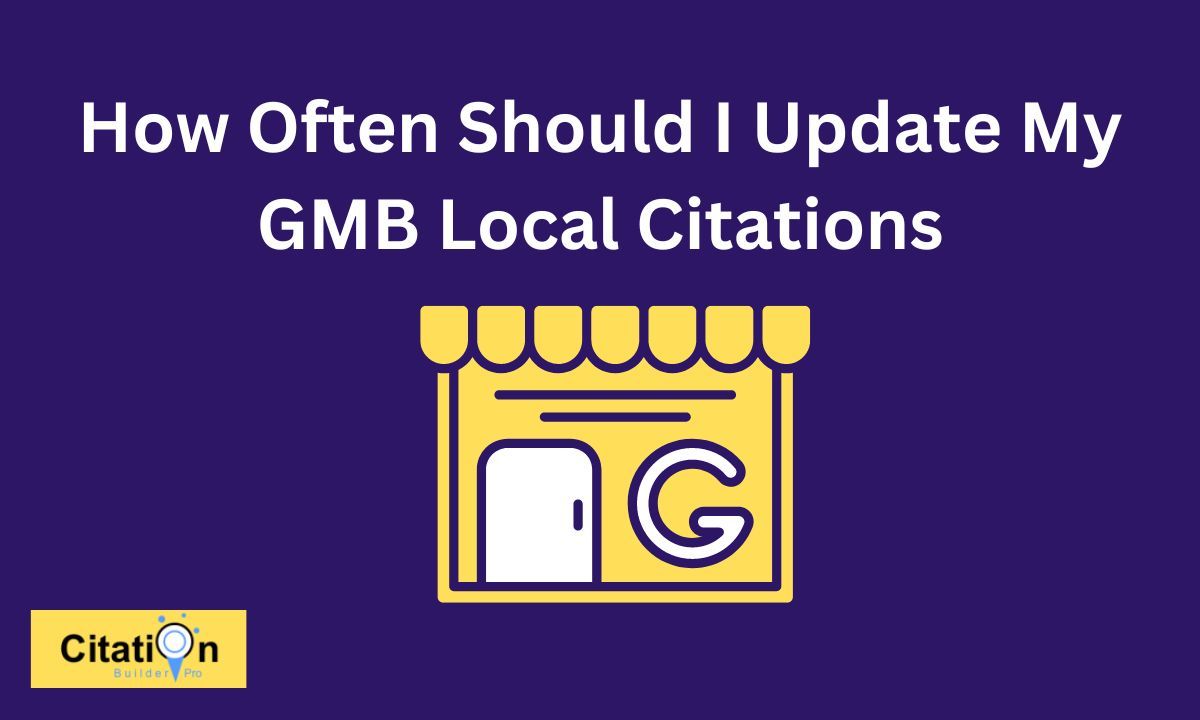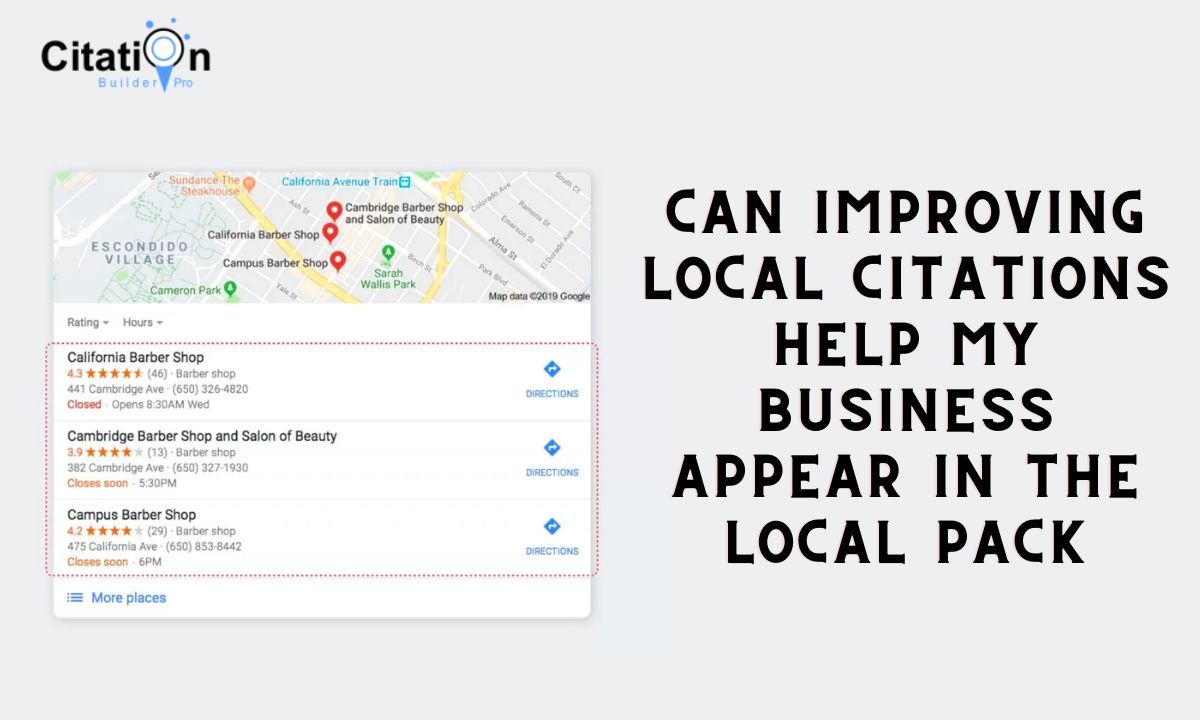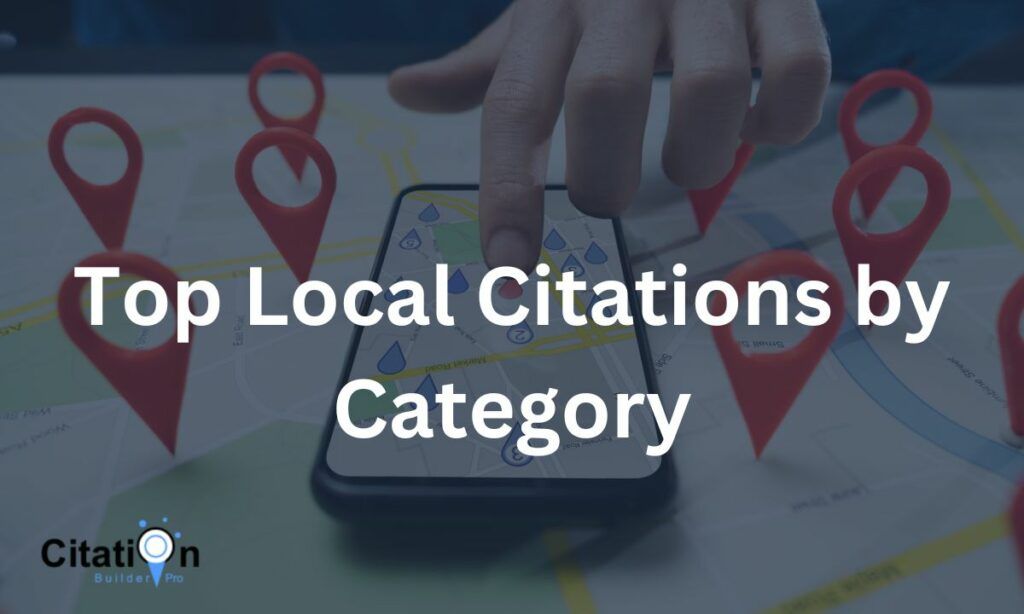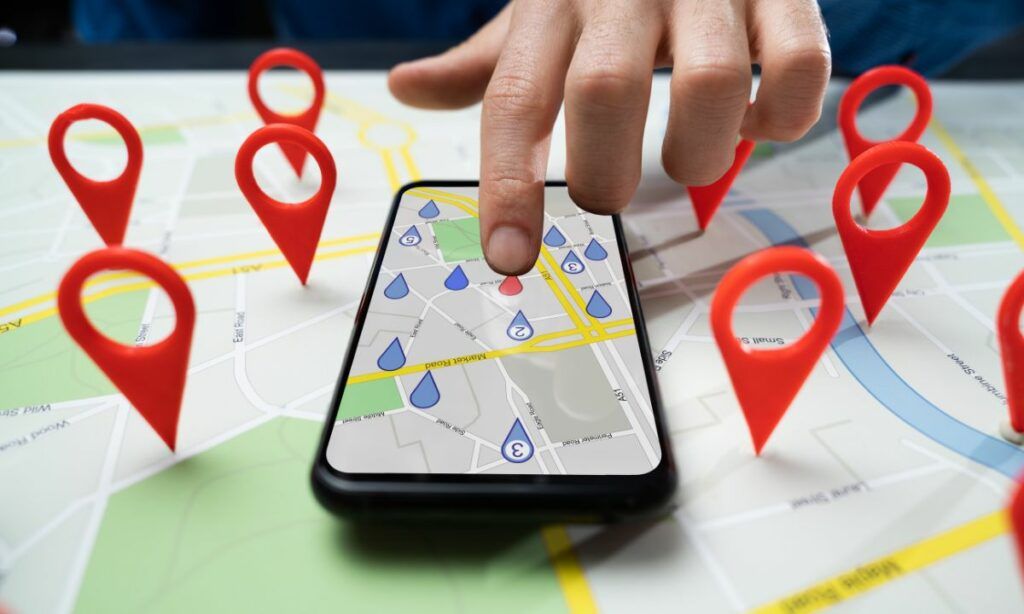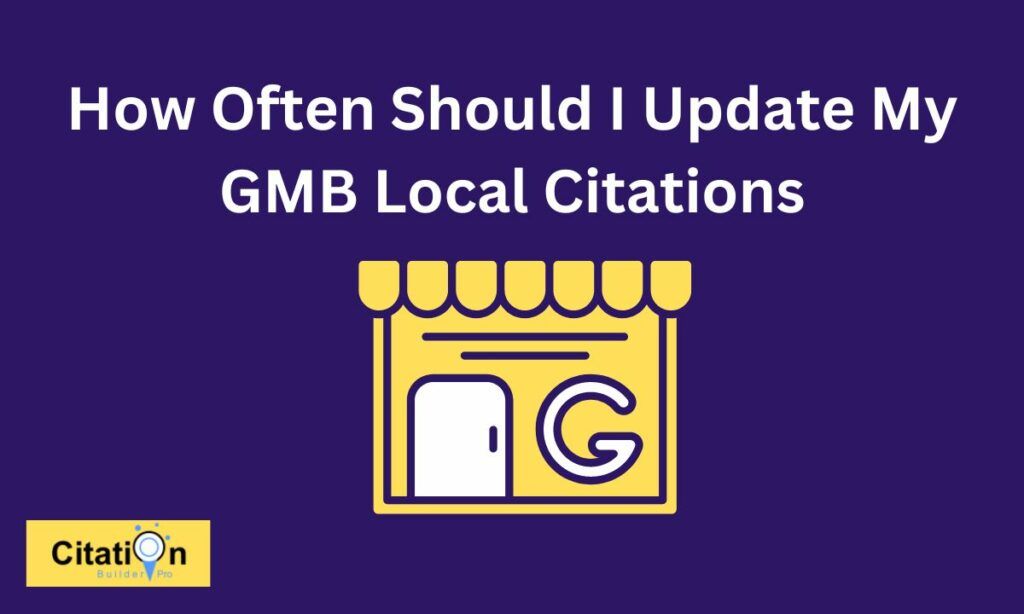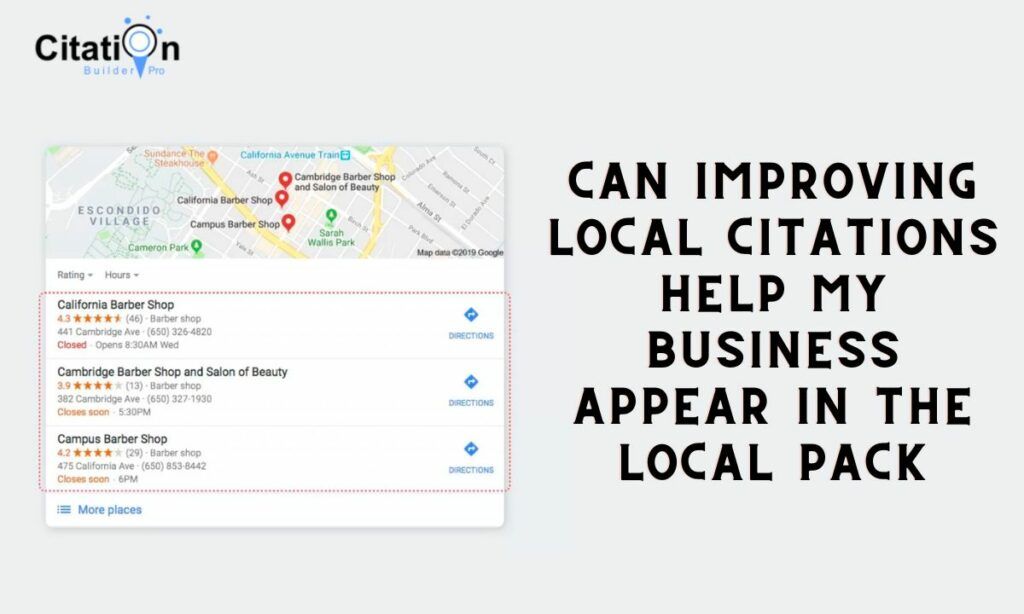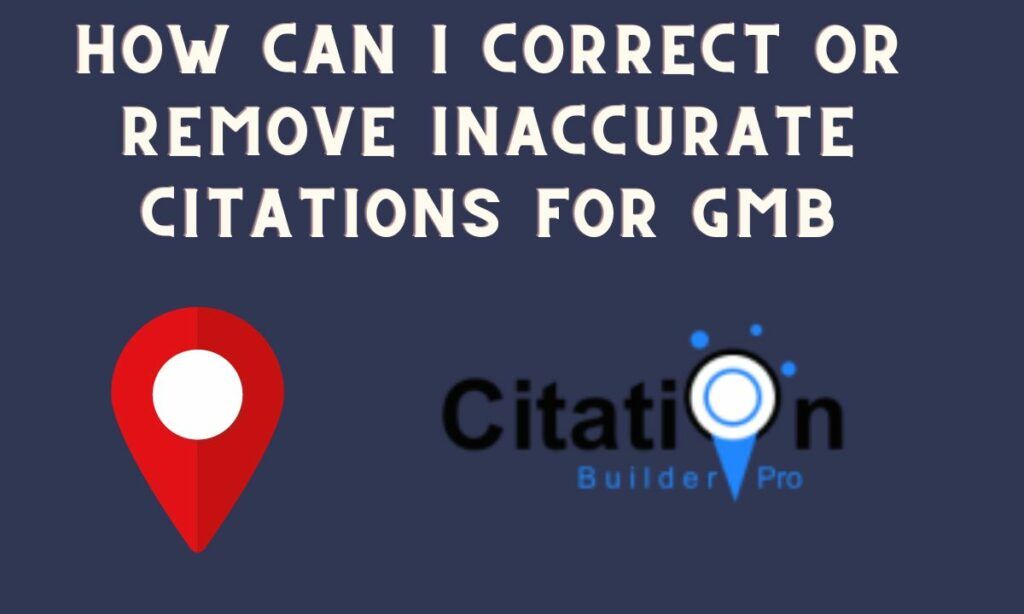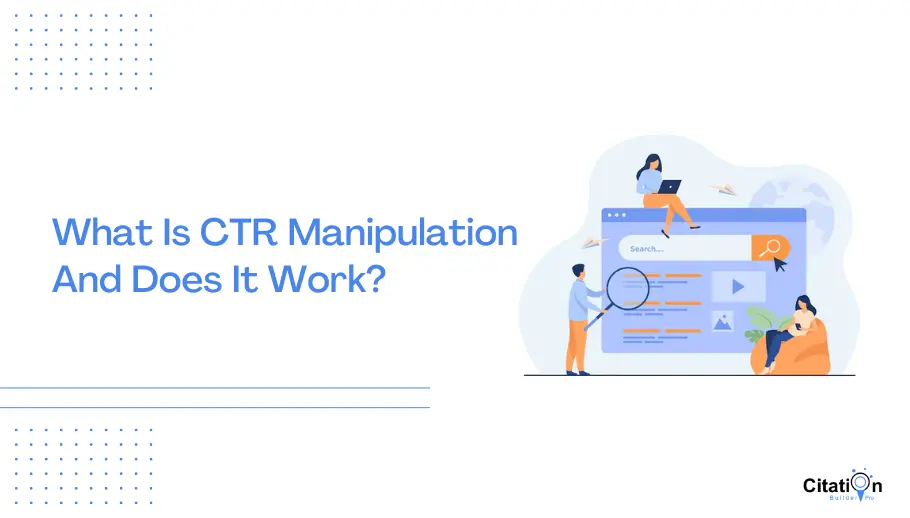
CTR Manipulation is a hot topic in the search engine optimization (SEO) community. There are a number of techniques that can be used to increase click-through rates (CTRs), and as a result, improve website rankings.
In this blog post, we will explore some of the most effective CTR manipulation techniques, and how you can use them to improve your website’s performance.
Table Of Contents
What is CTR Manipulation?
CTR Manipulation is a black hat Search Engine Optimization technique in which the click-through rate (CTR) of a website is artificially increased. This is done by creating misleading or false links that lead users to click on them, often by using rank Saftying neighboring content or link bait titles.
In some cases, entire websites are created for the sole purpose of CTR manipulation. While CTR Manipulation can be effective in boosting a website’s ranking in search engine results pages (SERPs), it is considered an unethical SEO practice and is frequently penalized by search engines. As such, it is important to avoid using this technique if you want to maintain good standing with search engines.
How Does CTR Manipulation Works In SEO?
The click-through rate (CTR) is a key metric that determines the success of a search engine optimization (SEO) campaign. A higher CTR means more people are clicking on your result in the search engine, which generally leads to more traffic and conversions.
There are various ways to increase your CTR, including optimizing your title and description tags, using rich snippets, and creating compelling content. However, some companies also engage in CTR manipulation, which is a black-hat SEO tactic that can lead to penalties from Google.
CTR manipulation generally involves artificially inflating your CTR by artificially clicking on your own results or paying others to click on your results. This can lead to a short-term increase in traffic, but it’s not sustainable and can ultimately jeopardize your SEO efforts.
If you’re suspected of engaging in CTR manipulation, you may receive a manual action from Google, which can seriously damage your traffic and visibility in search engines. To avoid this, it’s important to focus on organic methods of increasing your CTR, such as creating high-quality content that people will actually want to click on.
CTR Manipulation Techniques
There are a number of Black Hat CTR manipulation techniques that can be employed in order to improve the visibility of a website in search engine rankings.
1. CTR Manipulation By Software
CTR manipulation by software is a major concern for online advertisers. This type of software can artificially inflate click-through rates, providing false data that skew results and leads to higher ad costs.
In some cases, the software may even be used to commit fraud. In order to combat this problem, advertisers need to be aware of the potential for manipulation and take steps to prevent it.
One way to do this is to monitor click-through rates closely and look for patterns that may indicate artificial inflation. Additionally, advertisers should consider using anti-fraud tools that can help to identify and block suspicious activity.
2. CTR Manipulation By People
People have always tried to manipulate the system to get ahead. The Click-through rate (CTR) is no different. CTR is a metric used by online advertisers to gauge how effective their ads are. A high CTR means that people are clicking on the ad, which hopefully leads to conversions. A low CTR means that people are ignoring the ad, which wastes money.
So, it’s no surprise that people have tried to game the system by artificially inflating their CTR. This can be done by clicking on the ad yourself, or by paying someone else to click on it. It’s also possible to create software that automatically clicks on ads.
While these methods may work in the short term, they’re not sustainable in the long run. Advertisers are getting better at detecting manipulation, and they will eventually catch on. People who engage in CTR manipulation will only end up hurting themselves in the end.
3. CTR Manipulation By Micro Workers
There is no doubt that micro workers can be useful for a variety of tasks, from data entry to content creation. However, some unscrupulous employers have started to abuse the system by using micro workers to artificially inflate their click-through rates (CTRs).
This is usually done by having the workers click on the employer’s ads or links multiple times, or by having them ask friends and family to do the same. In some cases, the workers may even be offered bonuses for achieving a high CTR.
While this may seem like a harmless way to boost your online visibility, it can actually have a number of negative consequences. For one thing, it’s unfair to other businesses who are playing by the rules.
Additionally, it can lead to Click fraud, which is when someone clicks on an ad without actually being interested in the product or service being advertised. This not only wastes the advertiser’s money but also lowers the overall quality of the advertising ecosystem.
Finally, if your CTR manipulation is discovered, you could face serious repercussions from both your advertisers and the micro-working platform you’re using. So while micro workers can be a valuable asset, make sure you’re using them for legitimate purposes only. CTR manipulation is not worth the risk.
How To Increase CTR Organically?
Increasing your click-through rate (CTR) is important if you want to improve your website’s performance in search engine results pages (SERPs).
There are a number of things you can do to increase your CTR:
1. Optimizing Your Title Tags And Meta Descriptions
While the contents of your website are important, potential visitors will first see your title tags and meta descriptions. As such, it is essential to put some thought into optimizing these elements in order to ensure that your site appears prominently on search engine results pages.
Title tags should be descriptive and accurately reflect the topic of your page, while meta descriptions should provide a brief overview of your site’s content. By taking the time to optimize these elements, you can increase the likelihood of drawing visitors to your site.
In addition, carefully crafted title tags and meta descriptions can also help to improve your click-through rate, further increasing the traffic flowing to your site.
2. Use Relevant And Targeted Keywords
When it comes to driving traffic to your website, using relevant and targeted keywords is essential. By optimizing your site for specific keywords, you can make it easier for potential customers to find you when they are searching for businesses like yours.
Furthermore, by targeting keywords that are most likely to convert, you can increase the chances that visitors to your site will take the desired action, whether it’s making a purchase, signing up for a newsletter, or filling out a contact form.
In other words, using relevant and targeted keywords can help you attract more qualified leads, which can ultimately lead to more sales and revenue for your business.
3. Add Schema Markup To Your Website
Adding schema markup to your website can have many benefits. First, it can help improve your click-through rate from search results. If your result includes rich data like reviews or pricing information, users are more likely to click on it.
Second, schema markup can help improve your site’s search engine optimization by making it easier for Google to understand your site’s content.
Finally, schema markup can make your site more accessible to users with disabilities. By providing structured data, you can help screen readers and other assistive technologies deliver a better experience to users. Overall, adding schema markup to your website can be a valuable way to improve your site’s visibility and usability.
Frequently Asked Questions
1. What Is CTR In SEO?
CTR, or click-through rate, is one of the most important metrics in SEO. It measures how often people who see your listing in the search results click on it.
A high CTR means that your listing is relevant and appealing to searchers, which will result in better rankings. There are a number of factors that can influence your CTR, including the position of your listing, the title and description of your listing, and your overall SEO strategy.
2. Does CTR Manipulation Work?
While CTR manipulation can be effective in the short term, it is generally not a sustainable or advisable long-term strategy.
First, CTR manipulation is often perceived as unscrupulous and may damage a brand’s reputation.
Second, platforms like Google have sophisticated algorithms that can detect unnatural patterns of activity and penalize ads that are suspected of being manipulated.
3. Is CTR A Ranking Factor?
The short answer is yes, CTR is a ranking factor. However, the relationship between CTR and rankings is complex, and there is still much that we don’t understand about how Google uses CTR data.
We do know that Google tracks CTR data for all of the listings in their search results pages. They use this data to determine which listings are most relevant and useful for each query.
They also use it to identify which listings are being clicked on most often. Google has never confirmed that CTR is a direct ranking factor. However, there is plenty of evidence to suggest that it does play a role in the algorithm.
For example, studies have shown that listings with higher CTRs tend to rank higher than listings with lower CTRs. In addition, Google has made several changes to its algorithm that seem designed to increase the click-through rate for certain types of queries.
For example, they recently started showing longer snippets for some queries. This change likely had the effect of increasing CTRs for those queries. Based on all of this evidence, we can conclude that CTR is likely a ranking factor.
However, it’s important to remember that it’s just one of many factors that Google uses to determine rankings. optimizing your website for other factors such as relevance and authority.
How useful was this post?
Average rating 0 / 5. Votes: 0
No votes so far! Be the first to rate this post.

I am the founder of Citation Builder Pro. I have been in the SEO and content marketing industry for 15 years and have a lot of experience in public relations and online marketing.
I started Citation Builder Bro to help businesses of all sizes create high-quality citations for their websites. My team and I are dedicated to providing our clients with the best possible services.

